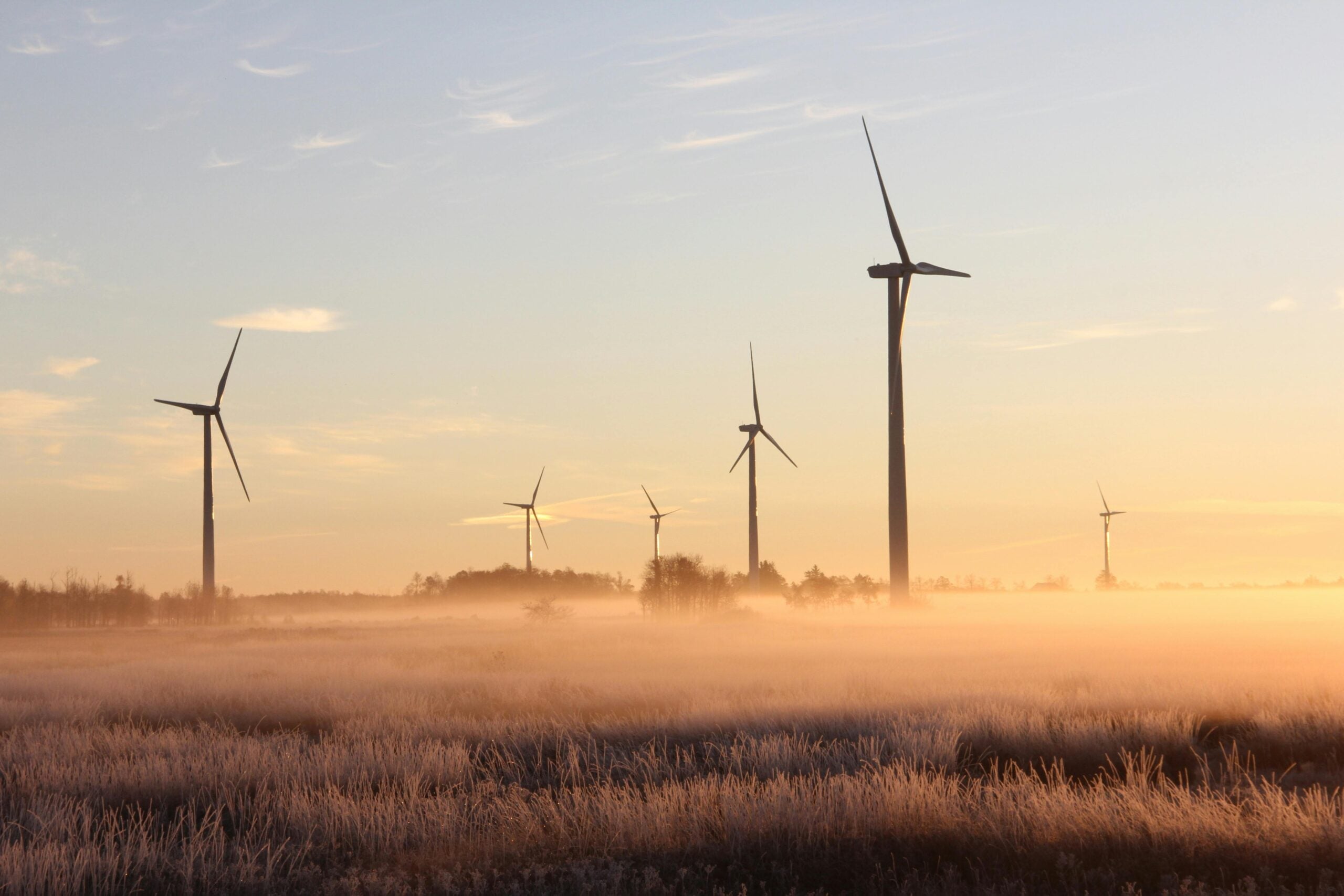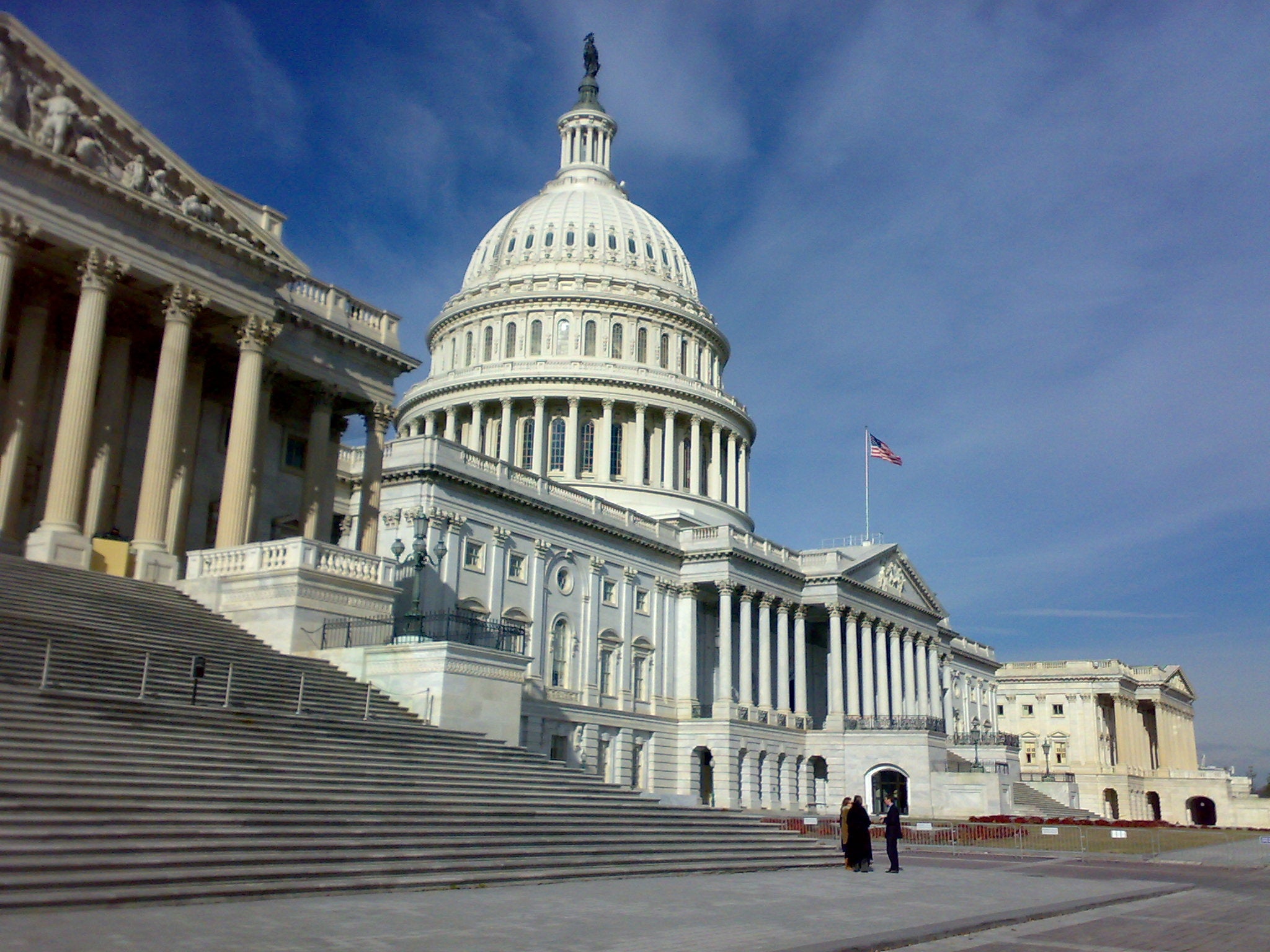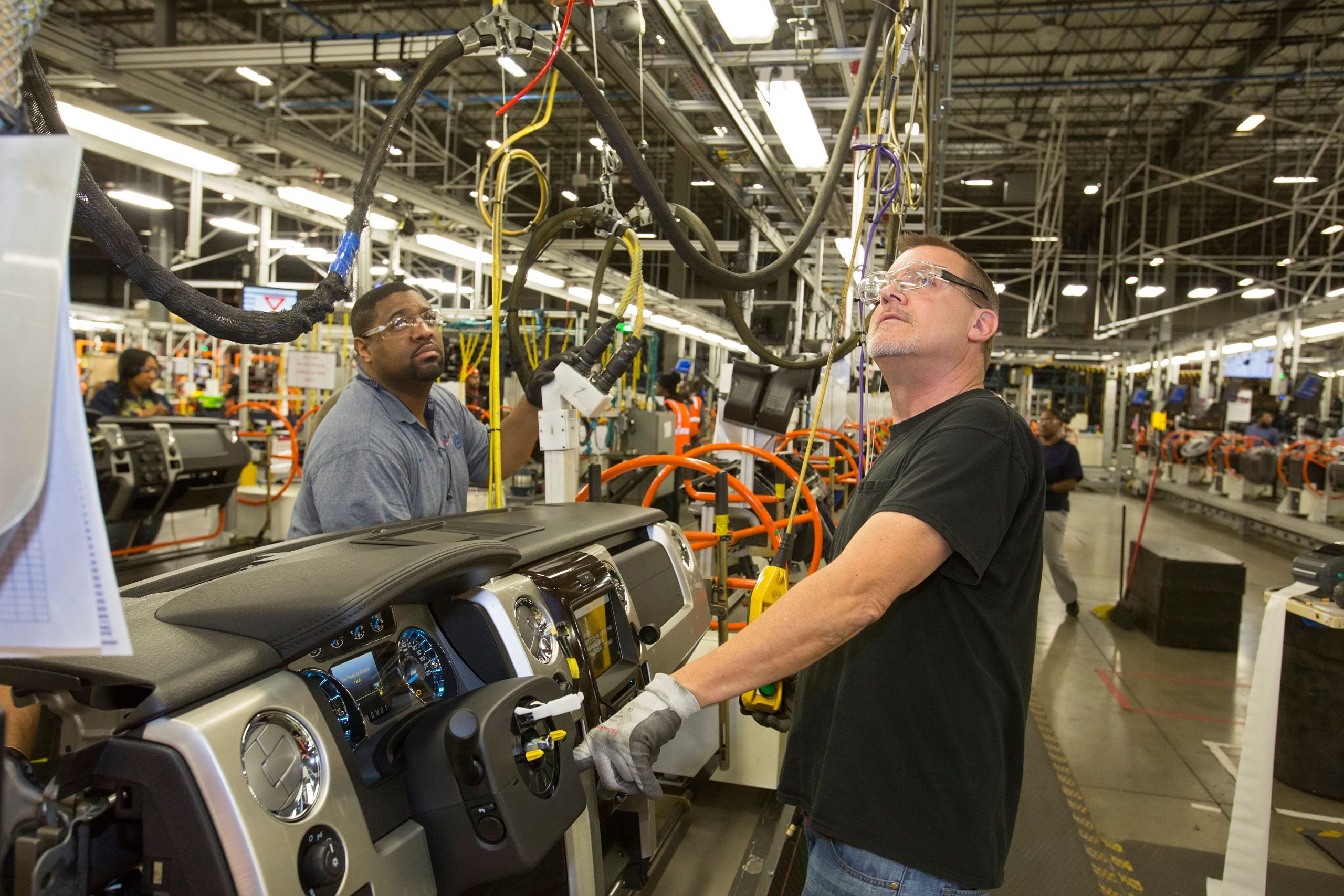
Photo Credit: Laura Penwell via Pexels
As we race to decarbonize the economy this decade, the Inflation Reduction Act (IRA) has provided an enormous economic opportunity for the clean energy industry. With costs of deploying clean energy solutions becoming so low, we are in a critical window of time to adopt new carbon policies and lock in “cost-optimal” model projections and go beyond them to realize a pathway for the U.S. that’s consistent with a 1.5°C warming trajectory.
However, according to a recent report by the Rhodium Group (RHG), the United States is not on track to meet its nationally-determined contribution (NDC) goal of 50-52% economy-wide emissions reduction in 2030 from 2005 levels, with RHG projecting a reduction of only 32-43%.
With this carbon policy imperative in mind, a new peer-reviewed journal article, building on a report by Resources For the Future (RFF), demonstrates how policies that constrain carbon emissions in the power sector could unlock the full potential of IRA incentives in order to achieve the economy-wide goal of 50-52% emission reductions from 2005 under the U.S. NDC, with 80% emission reductions in the power sector.

Electricity Sector Carbon Emissions
The article finds that combining a carbon cap with the IRA significantly drives down the cost of achieving reductions to meet the cap. Modeling showed a marginal abatement price of $27/ton to achieve 369 million tons of additional abatement and reach 80% power sector emission reductions by 2030, compared to 2005 levels, which is nearly 60% cheaper when compared with model scenarios that only have a carbon cap, without the IRA. The combination of a carbon cap with the IRA would also lower consumer costs this decade to roughly $114/megawatt hour (MWh), compared to $117/MWh without either policy in place, and create significant net climate and health benefits due to deeper reductions in fossil fuel pollution.

Net Social Costs and Benefits
Background
The U.S. NDC is ambitious and aligned with recent COP28 decisions consistent with keeping a 1.5°C warming trajectory within reach. Achieving the NDC would demonstrate global climate leadership and be significant, given that the U.S. contributes about 11% of global emissions. The power sector is the core component for achieving the NDC, with numerous studies continuing to show that the majority (about two-thirds) of near-term abatement is projected to have to come from the power sector. Moreover, the power sector plays a key role in decarbonizing the economy through electrification of other sectors such as buildings, transportation and heavy industry.
To reach the 2030 target, U.S. power sector emissions need to drop by roughly 80% by 2030, compared to 2005 levels, or “80×30”. This goal will require rapid acceleration of electric power sector decarbonization, striving to triple the annual deployment of new clean energy projects and phase out fossil fuel pollution — consistent with the COP28 pledges.
Recent federal and state-level policy actions are accelerating progress towards 80×30. The IRA and the Infrastructure Investment and Jobs Act (IIJA) have changed the economics of decarbonizing the power sector and paving the way for a cost-optimal pathway to clean energy. If realized, this pathway, in tandem with state policies and company-level actions, could contribute to a significant portion of the emission reductions needed in the power sector and across the economy to meet the NDC target. However, there are both risks to locking in the cost-optimal trajectory under the IRA projected by models and opportunities to go beyond the IRA in order to fully unlock the potential of the power sector to drive progress to the NDC target.
We are already seeing a powerful effect from the incentives in the IRA, which are projected to unlock around $390 billion of spending on energy and climate through 2022-2031. Of this amount, around $160 billion (41%) is expected to be spent on tax credits for clean electricity, underlining the significant investment the IRA makes in the power sector transition and the importance of maximizing its implementation. The tax credits are also uncapped, in that there is no limit in the legislation that restricts government spending on them.
The problem
Despite this promise, a wide range of model projections reflect uncertainty in the degree and magnitude of IRA implementation as well as other pressures such as increased demands and risks to faster clean deployment. Model projections assume “cost-optimal” conditions whereby decisions to build, maintain, and/or retire power generation are optimized for system costs, which may differ from real-world investment decisions.
According to a study examining multiple models, power sector emissions are projected to fall by 47-83% below 2005 levels in 2030. RFF’s power sector modeling is consistent with this range, projecting a decrease of 44-63%, falling short of 80×30. And across the economy, reductions from the IRA are projected to be 33-40% below 2005 levels in 2030 with a 37% average, below the 50-52% the NDC target.
The solution
The challenge ahead of us for the power sector is to lock in these cost-optimal trajectories and maximize the potential benefits of the IRA — AND close the gap to reach 80×30. The RFF report offers a potential policy solution by combining the IRA incentives with a carbon emissions cap that constrains the total amount of carbon dioxide emissions in the power sector over time, and ensures that electric demand must be increasingly met by zero-emissions electricity generation. While the RFF analysis looked at the interaction of the IRA and emissions cap policies at the federal level, the same dynamics exist with state or regional caps as well.
Model methodology and scenarios
RFF used the Haiku model — a national capacity expansion model that reflects supply and demand at the State level and optimizes for system cost with a given set of inputs and policy conditions.
RFF’s model tests several scenarios, which include:
- Baseline: A “pre-IRA baseline” scenario that does not include the IRA;
- IRA: An IRA “Business-as-Usual” scenario that includes current policies;
- Cap mimic IRA:
- IRA + 80×30 cap: A scenario that combines the IRA with a carbon emissions cap to ensure 80×30 is reached; and
- 80×30 cap: A “Cap Only” scenario, for comparative purposes, that uses a carbon emissions cap to reach 80×30 without the IRA in place.
Key Findings
1. A nationwide Carbon Emissions Cap can lock in the IRA at no additional cost: Including a carbon emissions cap with a carbon price on fossil fuel pollution will further incentivize uptake of IRA incentives to lock in the upper range of projected emission reductions and a shift to clean energy generation, and spur a faster transition away from coal generation in particular.

Change in Generation Mix in 2030 Relative to 2020
2. A Carbon Cap is needed to achieve 80×30: The RFF model scenarios finds a carbon emissions cap combined with the IRA will both
- lock in IRA abatement projections to maximum effect and provide certainty over the emissions outcome; and
- close the gap on the 80×30 target at much lower incremental cost. The average resource cost of achieving 80×30 is $31/ton under the “IRA+CAP” scenario.
3. The IRA dramatically reduces the cost of getting to 80×30 — slashing the cost per ton of emissions by nearly 60%: Reaching 80×30 in the “Cap only” scenario has a marginal abatement cost of $67/ton, while for the “IRA + CAP” scenario the marginal abatement cost is $28/ton — or about 58% lower with the IRA in place. This finding demonstrates how powerful the combination of the IRA with an emissions cap could be for reaching 80×30, and, therefore, the NDC target.
4. A Carbon Cap combined with the IRA drives overall reduction in consumer costs: Energy prices are lower in the “IRA + CAP” scenario compared to the pre-IRA baseline ($112/MWh compared to $117/MWh for averaged across 2023-2032), which particularly benefits low- and mid-income consumers who pay a larger fraction of their income on utility bills. This outcome is due to the IRA incentives placing a downward shift in retail prices as the costs of clean generation that would have been paid by electricity ratepayers are shifted to taxpayers. While the carbon cap accounts for the cost of fossil fuel pollution and accelerates phase out of coal and uptake of renewables — while still extracting revenue from polluters — this is balanced by shift away from ratepayers under IRA incentives that does not impact consumer prices.
5. A Carbon Cap combined with the IRA leads to major net health climate benefits: The “IRA + CAP” scenario shows climate and air quality health benefits that substantially outweigh resource costs, with a net benefit of $226 billion. This outcome is driven by an improvement of roughly 80% in additional air quality benefits, reflecting lower SOx and NOx emissions from coal generation. This finding further emphasizes that a limit and/or price associated with ongoing CO2 emissions is critical to driving down coal capacity and consumption and avoiding harmful pollution — with coal generation falling from 562 tera-watt hours (TWh) under the IRA, to only 110 TWh for the “IRA + CAP” scenario.

Recommendations
RFF’s journal article clearly illustrates how an additional carbon policy could work at the federal level, but there’s also a critical role for State- and company-level actions. For example, efforts such as the Regional Greenhouse Gas Initiative (RGGI), North Carolina’s Carbon plan and regulator efforts across 25-member U.S. Climate Alliance that concretely create an obligation to reduce emissions are necessary to close the emissions gap to 80×30. Power companies and utilities also have a major role in realizing the “cost optimal” model outcomes and developing and executing plans that maximize IRA incentives, reduce customer costs and realize social and environmental benefits.
With clean energy deployment costs plummeting, it is essential to act fast and build on the impacts of the IRA by putting in place additional policies to reduce carbon emissions — at all levels — that lock in cost-optimal model projections and go beyond them to reach the U.S. NDC target.











 The U.S. auto industry has just started finding its footing with electric vehicles (EVs). Jobs are now booming across the Midwest and the new “battery belt” in the South.
The U.S. auto industry has just started finding its footing with electric vehicles (EVs). Jobs are now booming across the Midwest and the new “battery belt” in the South.




